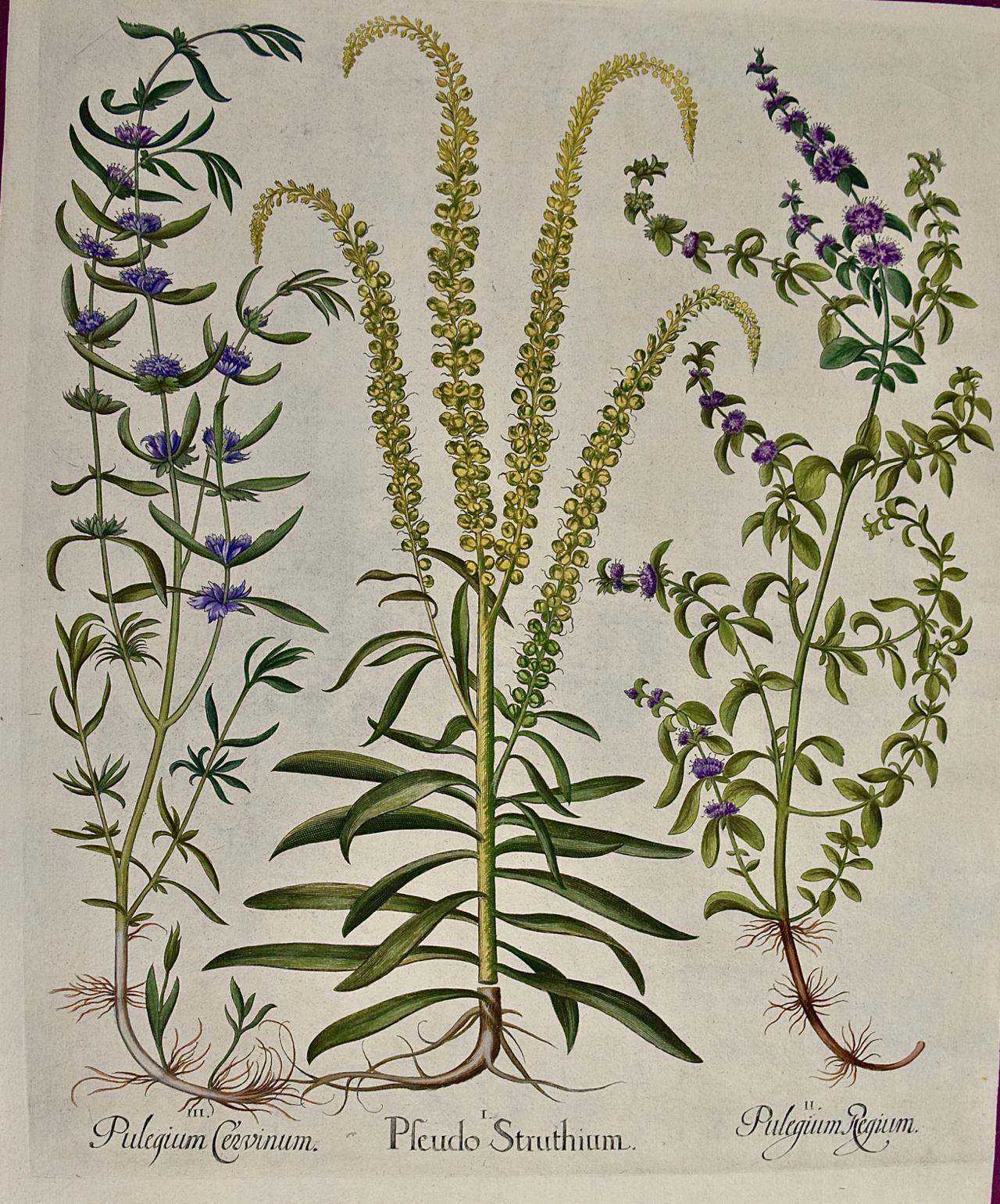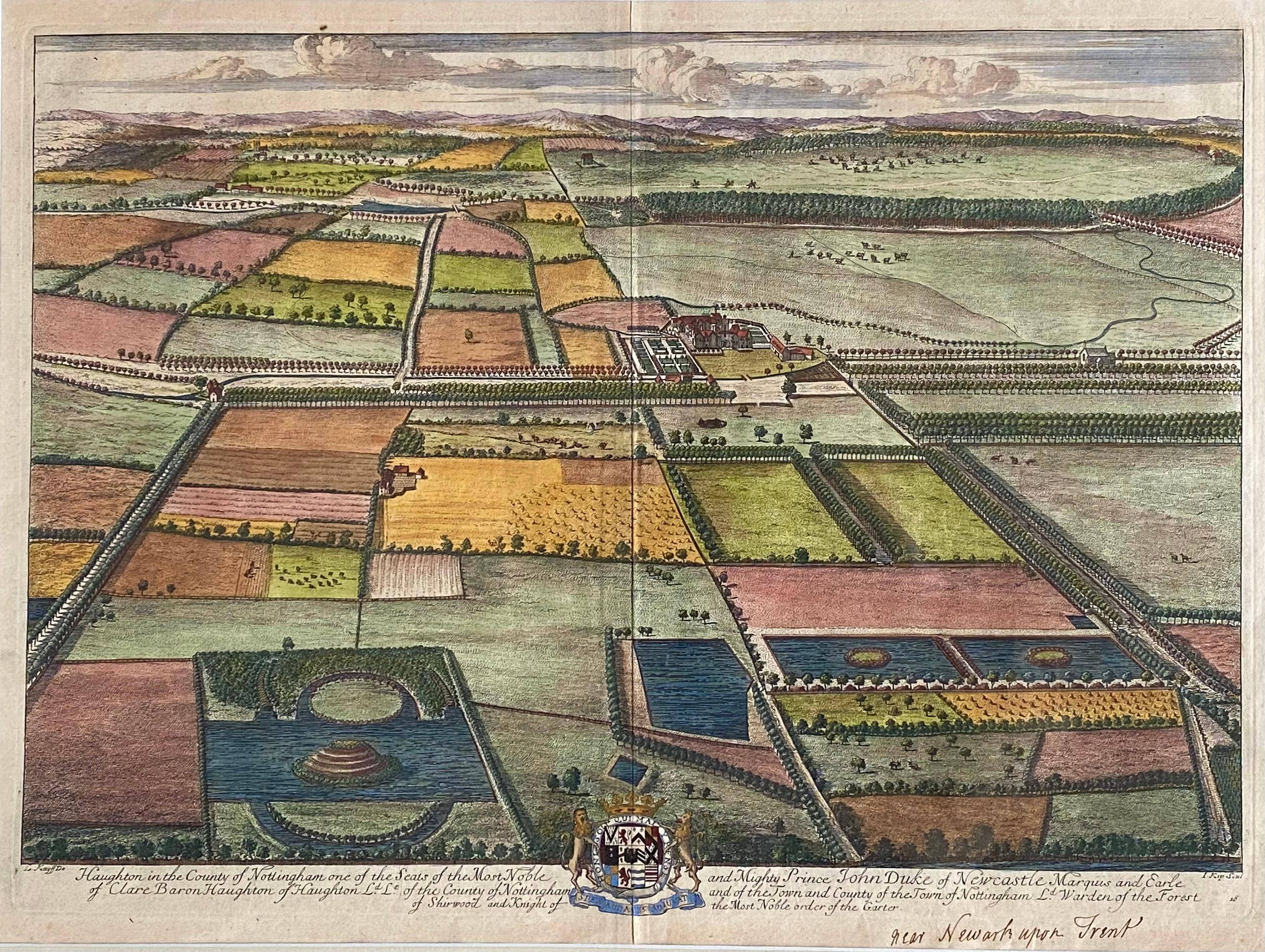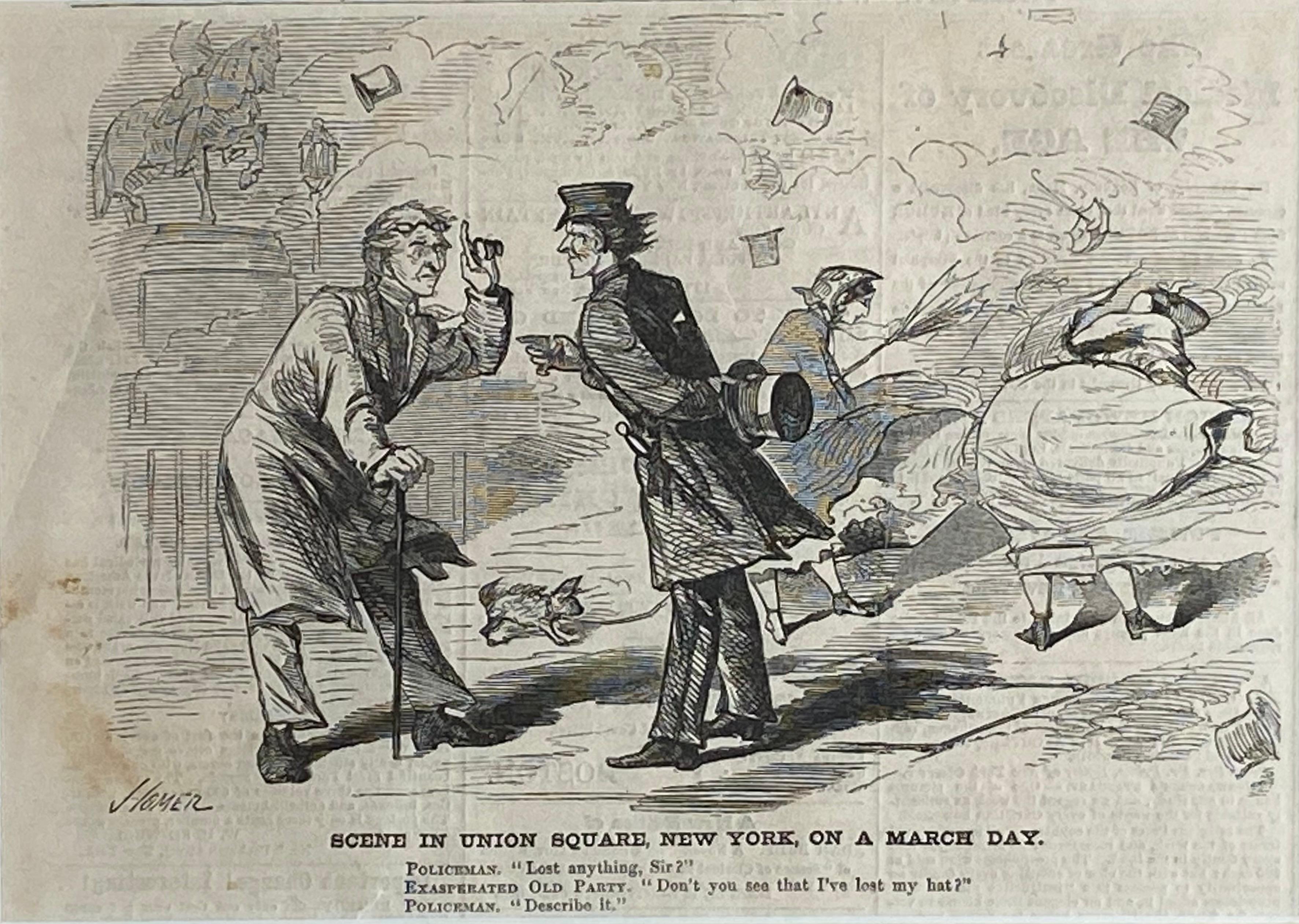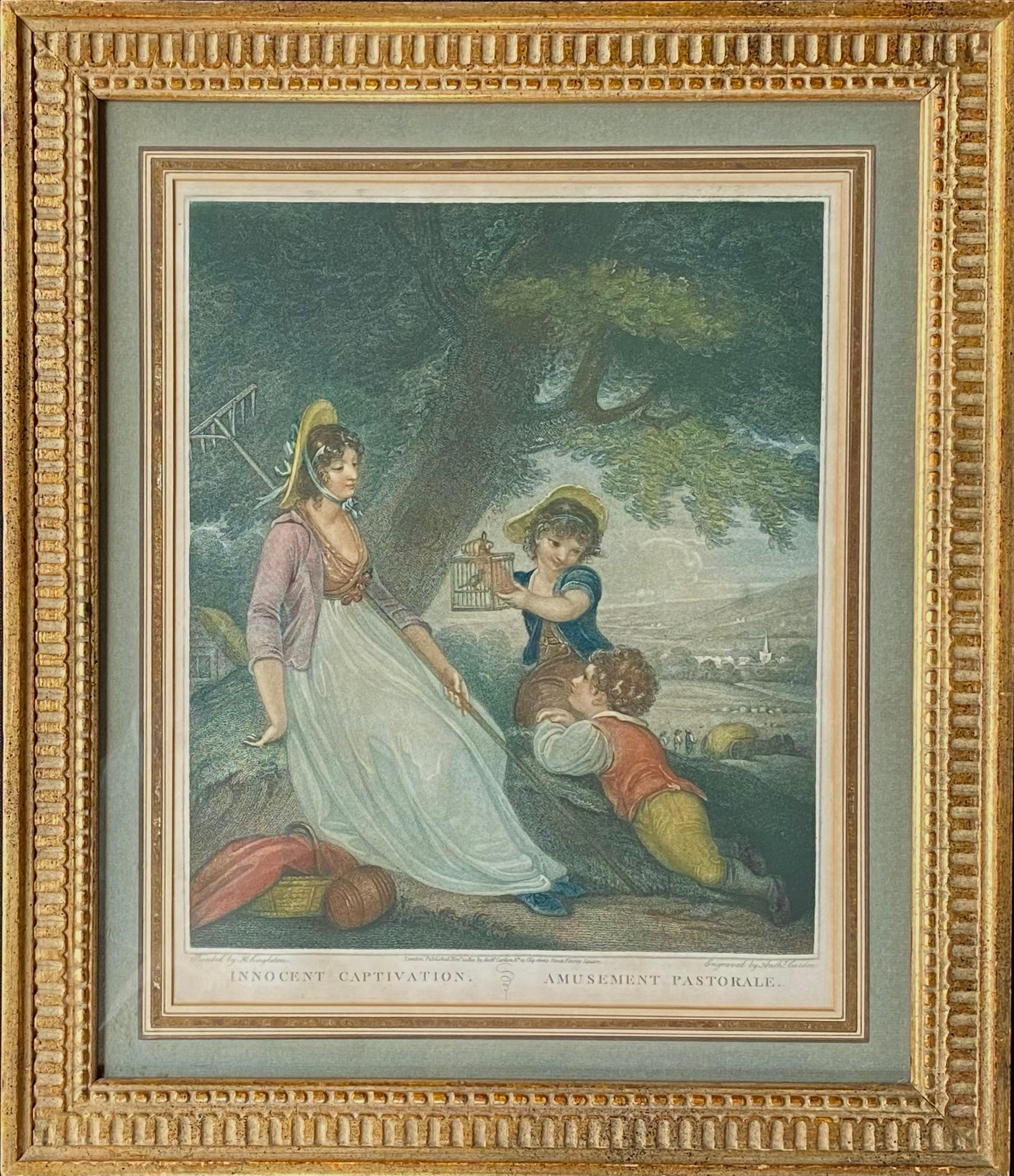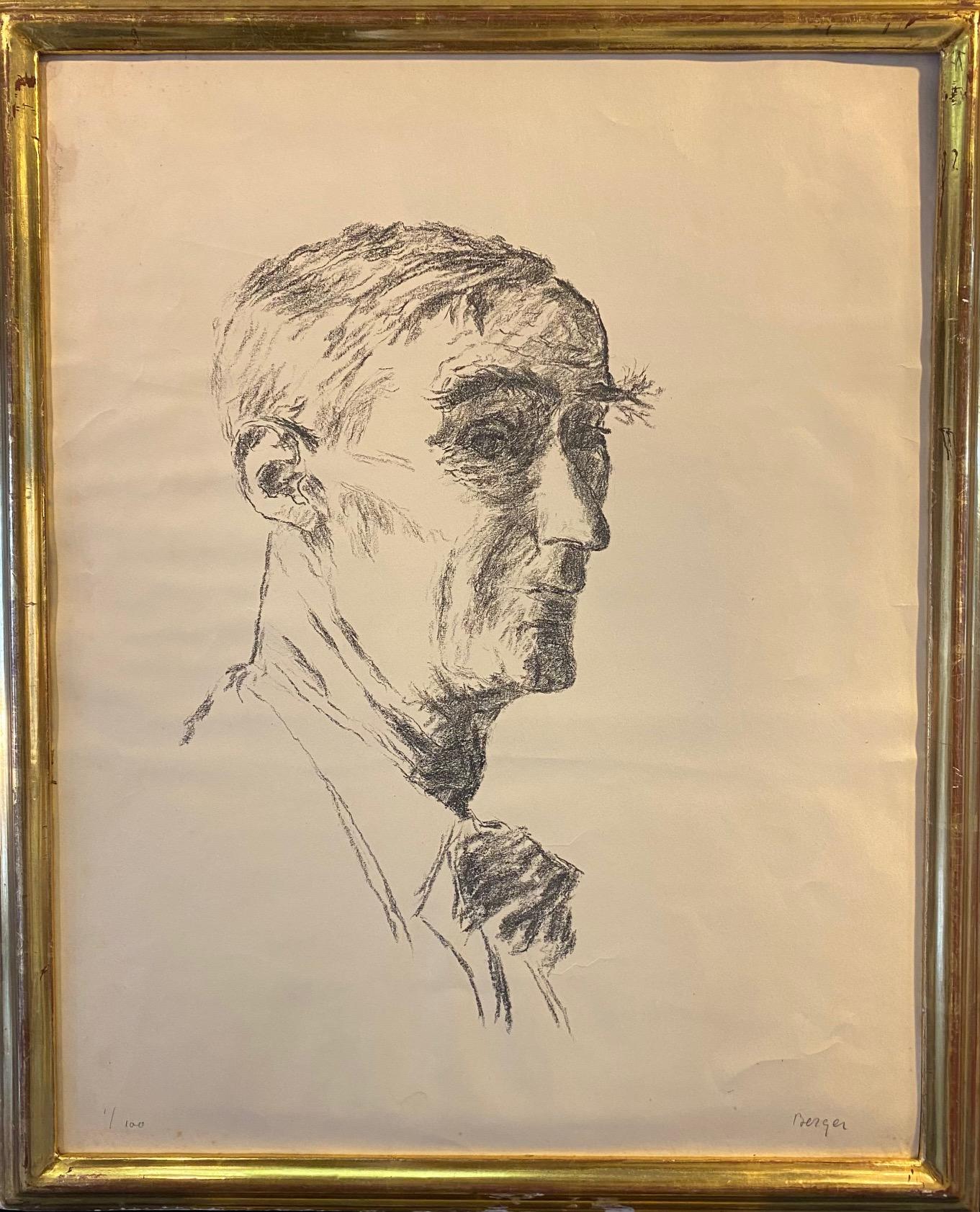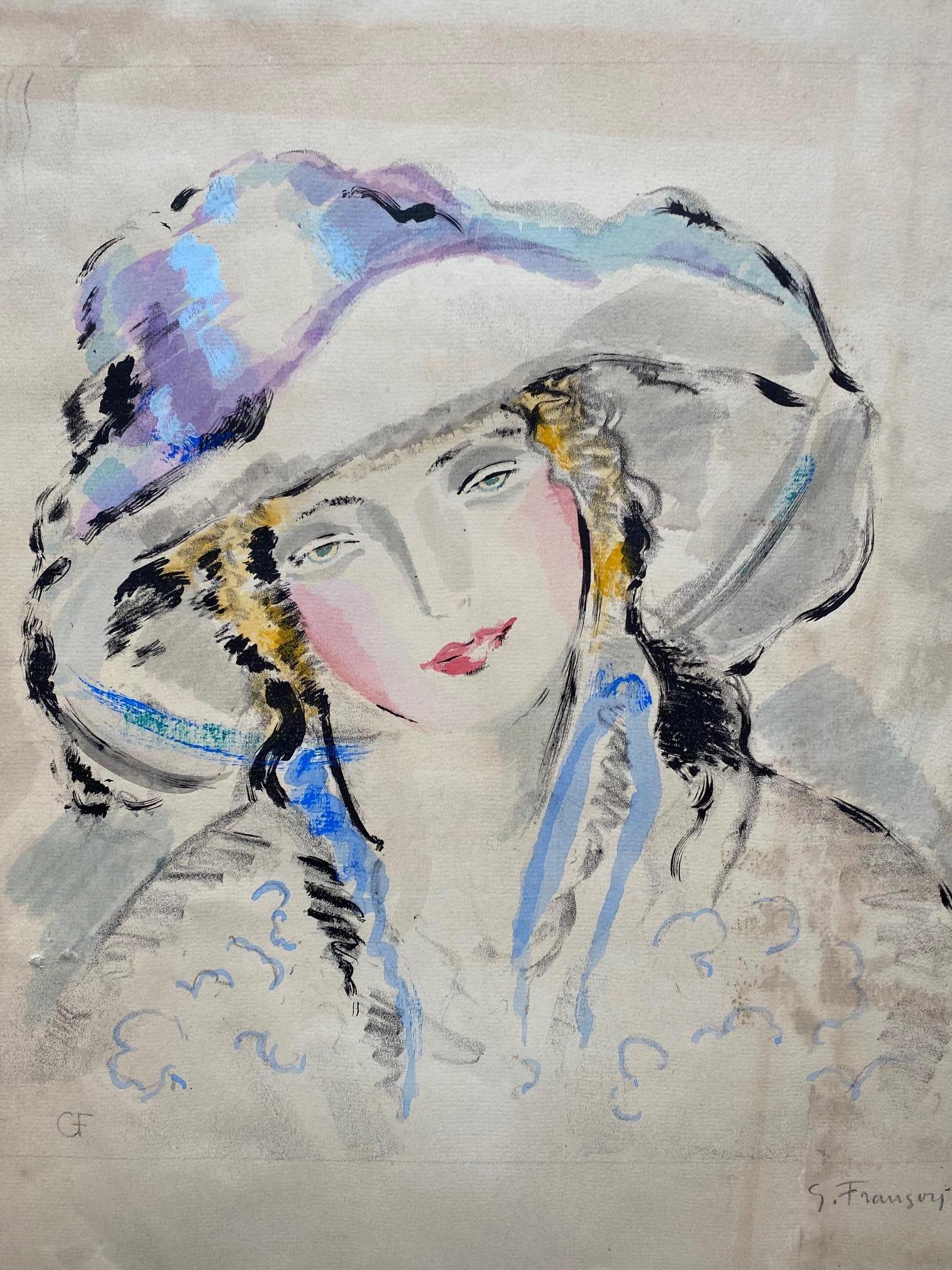Walter GropiusGemaltes Ornament. (Etruscan Vase Design)1870
1870
About the Item
- Creator:Walter Gropius (1883 - 1969, German)
- Creation Year:1870
- Dimensions:Height: 23.25 in (59.06 cm)Width: 29 in (73.66 cm)Depth: 1 in (2.54 cm)
- Medium:
- Movement & Style:
- Period:
- Condition:Framed to museum specifications using archival matting, backing, hinging. Glazed with ultra-violet filtering Plexiglas.
- Gallery Location:Florham Park, NJ
- Reference Number:
Walter Gropius
As the founder of the Bauhaus — the German art and design school that was one of the chief crucibles of modernism — Walter Gropius had a central and enduring impact on the architecture and design of the 20th century and beyond. Along with fellow Bauhaus principals such as Ludwig Mies van der Rohe and Marcel Breuer, Gropius championed a philosophy of design focused on simplicity, efficiency and the inherent beauty of steel, glass and other industrial materials.
Born in Berlin, Gropius followed in his architect father’s footsteps and after completing his studies was employed by the brilliant proto-modernist designer Peter Behrens. Gropius’s early architectural work demonstrated many of the aspects that define the modernist aesthetic: ribbon windows, an emphasis on light and minimal decoration. Gropius became known primarily as a great organizer, writer and teacher. After military service in World War I, he developed concepts of what are now called the applied arts — a marriage of creative imagination with practical skill and technology. These notions drove Gropius’s founding of the Bauhaus in 1919. The school would welcome many of the great creators of the 20th century, including Paul Klee, Laszlo Moholy-Nagy and Josef Albers. After the independent-minded college fell afoul of the Nazi regime in the 1930s, Gropius immigrated to the United States, and finished out his years on the Harvard faculty.
Gropius produced far fewer furniture designs than his fellows on the Bauhaus faculty, but what he did make has a purity of form and spirit. As you will see from the works offered on 1stDibs, Walter Gropius never compromised his vision of design that encompassed beauty, creativity and the highest level of technical skill.
- ShippingRetrieving quote...Ships From: Florham Park, NJ
- Return PolicyA return for this item may be initiated within 1 day of delivery.
- Casa de Crescenzo (Italy)By Antonio AquaroniLocated in Florham Park, NJROMA (Italy) A. Aquaroni. Engraving. Modern Hand-Color. Rome, Italy 1750. Ever wonder what pre-dated the postcard? By the mid-eighteenth century, travel and exploration had be...Category
1750s Academic Prints and Multiples
MaterialsEngraving, Watercolor
- Raphael's Loggia Plate VII. Pilaster Bottom Priced as a pair with Pilaster TopBy Gaetano SavorelliLocated in Florham Park, NJRAPHAEL. Raffaello Sanzio d’Urbino. (1483 – 1520) Delle Logge di Rafaele nel Vaticano. Gaetano Savorelli, artist. (1732- 1791) Ludovico Teseo, draughtsman. (1731-1782) Pietro ...Category
18th Century and Earlier Academic Prints and Multiples
MaterialsGouache, Watercolor, Engraving
- PistachioBy Johann Christoph VolkhamerLocated in Florham Park, NJJOHANN CHRISTOPH VOLCKAMER (1662-1744). Nurnbergische Hesperides, Oder Grunliche Beschreibung der Elden Citronat, Citronen,und Pomerantzen Fruchte. Drawn by Decker and Volckamer....Category
18th Century and Earlier Academic Prints and Multiples
MaterialsEngraving
- XIV. Etruscan UrnBy Sir William HamiltonLocated in Florham Park, NJ...Etruscan, Greek and Roman Antiquities.... Hamilton, Sir William. 1730 – 1803. Collection of Etruscan Greek and Roman Antiquities from the Cabinet of the Hon. W. Hamilton. 4 vols. Naples, 1766-7. D’Hancarvills, sculpt. Aquatint Engravings in Black and Terra Cotta Inks. Finishing in Original Hand-Color. In 1764, Sir William Hamilton arrived in Naples to take up his new appointment as British Envoy Extraordinary to the Bourbon Court of King Ferdinand IV. At the time of his arrival, Italy was still a largely untapped field of archaeological discovery and there was ample opportunity for the private individual to amass a collection or 'cabinet' of classical antiquities at relatively little expense. The sites of the buried cities of Pompeii and Herculaneum, although now under Royal control, were still being only haphazardly excavated and were openly vandalized. Hamilton himself complained of the fact, but also seems to have taken advantage of it. Hamilton's first collection was in fact acquired by the British Museum in 1772 where it formed the foundation of the now great collection of Greek and Roman antiquities. This was the first major collection of Greek vases (or, as they were then known, Etruscan) to reach England's shores. "To Hamilton belongs the merit of being the first to appreciate with warmth the severe beauty of their shapes, colouring and drawing, the mingled simplicity and feeling of the designs figured upon them; and it was he who recognized the value of these unpretentious vessels for forming and ennobling modern art-taste". (Adolph Michaelis, Ancient Marbles in Great Britain, Cambridge 1882, p. 110) Hamilton found a worthy ally in Josiah Wedgwood who was setting up a new factory appropriately called "Etruria". Opened in June of 1769, Wedgwood was to use Hamilton's models again and again in his pottery with many designs taken directly from the engravings. Etruscan antiquities...Category
18th Century and Earlier Academic Prints and Multiples
MaterialsEngraving
- Solanum Pomiferum Tomato VegetableBy Basilius BeslerLocated in Florham Park, NJBASIL BESLER (1561 – 1629). Hortus Eystettensis. Konrad Bauer. Altdorf, 1613, 1640, 1713 – 50. Copper plate engravings with modern hand-color 374 plates. 21 ¼” to 21 ½” x 16” t...Category
18th Century and Earlier Academic Prints and Multiples
MaterialsEngraving
- Alphabet Letter "T"Located in Florham Park, NJAn Alphabet of Capital Letters: Selected from the Illuminations of Italian Chorale Books of the Fifteenth and Sixteenth Centuries. Arundel Society. London, 1862. Engraving. Printed...Category
1860s Academic More Prints
MaterialsGold
- Flowering Peppermint Plants: A 17th C. Besler Hand-colored Botanical EngravingLocated in Alamo, CAThis is a hand-colored copper plate engraving entitled "Pulegium Cervinum, Pseudo Pulegium Struthium, Pulegium Regium", depicting flowering Peppermint, Weld and Pennyroyal plants res...Category
1640s Academic Still-life Prints
MaterialsEngraving
- “Haughton in the County of Nottingham” (Near Newark Upon Trent)By Johannes KipLocated in Southampton, NYAn original hand colored engraving by Johannes 'Jan' Kip (1653-1722) of Haughton in the County of Nottinghamshire, one of the seats of Prince John Duke of ...Category
Early 1700s Academic Landscape Prints
MaterialsEngraving
- “Scene in Union Square, New York on a March DayBy Winslow HomerLocated in Southampton, NYOriginal wood engraving on paper. Taken from Harper’s Weekly, April 7, 1860. Signed “Homer” in the plate. Condition is good. Slight staining lower left. Very slight tear to the l...Category
1860s Academic Figurative Prints
MaterialsArchival Paper, Engraving
- “Innocent Captivation Amusement Pastorale”By Anthony CardonLocated in Southampton, NYOriginal stipple engraving on a verge type of hand laid paper. The overall size of the engraving is 15.75 inches by 12.75 inches The image size of the engraving is 14 inches by 12 i...Category
Early 1800s Academic Figurative Prints
MaterialsEngraving, Laid Paper
- Portrait of a man by Hans Berger - Drawing 44x50 cmLocated in Geneva, CHWork on paper Ed: 1 /100Category
Early 20th Century Academic Portrait Prints
MaterialsEngraving, Crayon
- Portrait of woman by Gustave François - Engraving 44x54 cmBy Gustave Francois (Barraud)Located in Geneva, CHWork on paper without frameCategory
Mid-20th Century Academic Portrait Prints
MaterialsEngraving
